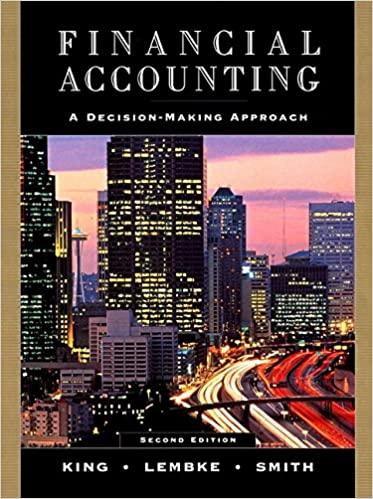Balance Sheet Classification At the end of his first year of working as the financial vice president
Question:
Balance Sheet Classification At the end of his first year of working as the financial vice president of Astor Company, Paul Reed is perplexed by some of the decisions that must be made in preparing a balance sheet for the company, a major retailer. Because he knows you currently are taking an accounting course, he would like you to assist him by
(a) determining which of the following should be reported as current assets and liabilities and (b)
determining the impact an improper classification is likely to have if an investor uses the reported amounts to analyze Astor’s balance sheet:
1. The company has bonds with an $800,000 par value outstanding. One-fourth is due and payable at the end of each of the next four years. Because they are long-term bonds, Paul plans to list them as a long-term liability.
2. Just prior to the end of the current period, Astor Company paid $500,000 for exclusive rights to a trademark developed by the son of Astor’s president, I. M. Dunn. Because the trademark is being used on inventory items that are available for sale, it is listed as a current asset and should have value for the next four years.
3. Also included in current assets is a $50,000 payment made at year-end to prepay an insurance policy for the next two years. j 4. The company has a fleet of delivery vans and will trade in several 12-year-old vans and purchase new units during the next year. Mr. Reed believes the vans should be classified as current assets because they will be sold within the next year.
Step by Step Answer:

Financial Accounting A Decision Making Approach
ISBN: 9780471328230
2nd Edition
Authors: Thomas E. King, Valdean C. Lembke, John H. Smith





